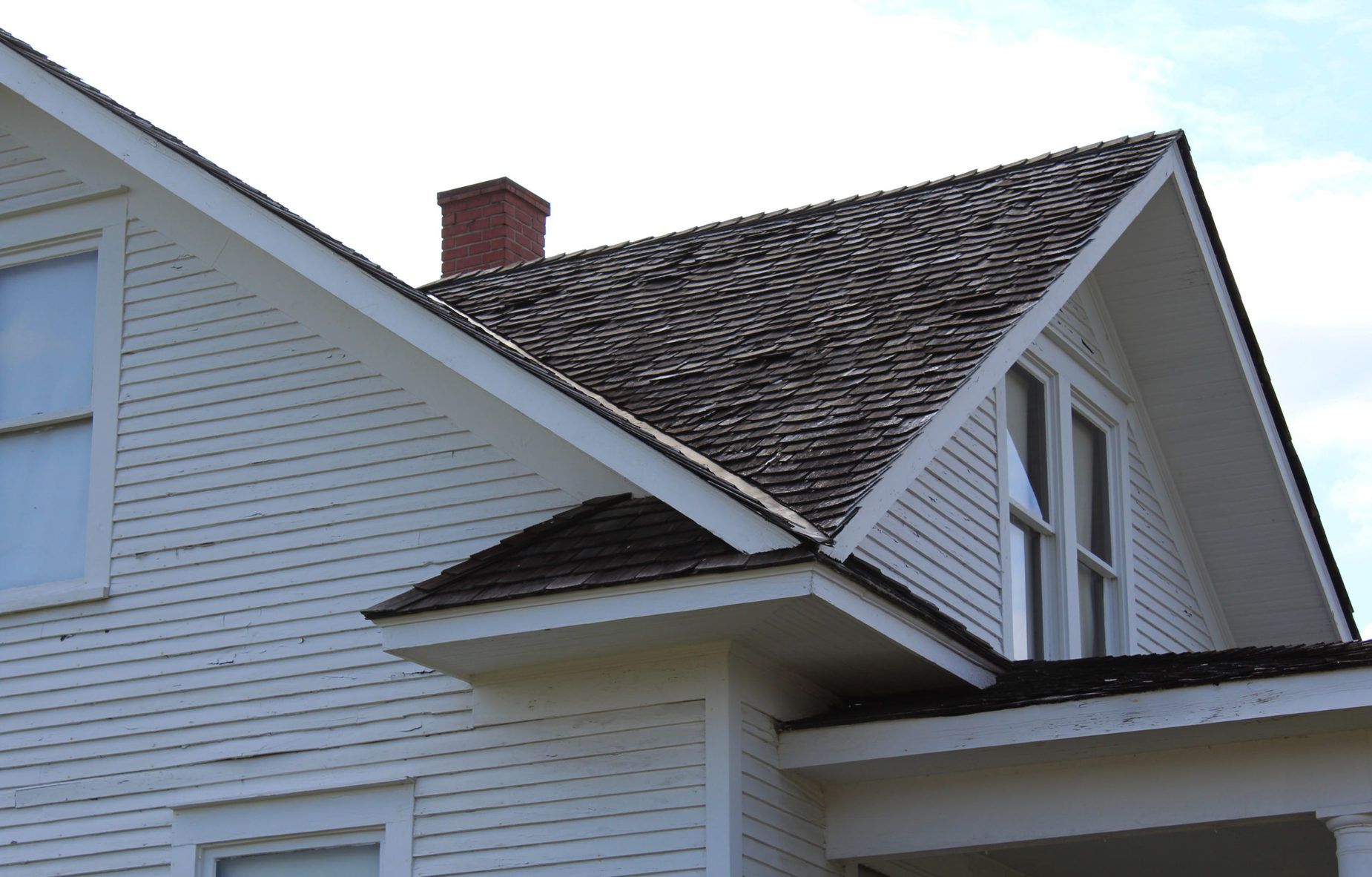

Articles
What Is A Rake On A Roof
Modified: December 7, 2023
Learn all about roofing rakes and their importance in maintaining a sturdy roof. Read our insightful articles on the benefits and uses of a rake on a roof.
(Many of the links in this article redirect to a specific reviewed product. Your purchase of these products through affiliate links helps to generate commission for Storables.com, at no extra cost. Learn more)
Introduction
Welcome to the world of roofing! When it comes to the design and construction of a roof, there are various components that play a vital role in ensuring its functionality and durability. One such component is the rake. Whether you’re a homeowner looking to understand the different aspects of your roof or a roofing professional seeking to expand your knowledge, it’s important to have a clear understanding of what a rake on a roof is and why it’s important.
In this article, we’ll delve into the definition of a rake on a roof, explore its purpose and significance, discuss the common materials used for rakes, and look into the installation techniques and maintenance practices associated with this crucial roofing element.
So, let’s dive in and explore the world of rakes on roofs!
Key Takeaways:
- Rakes on roofs serve multiple crucial purposes, including water drainage, debris management, and structural integrity, contributing to the overall functionality and aesthetics of a building.
- Proper installation and maintenance of rakes, using materials such as wood, metal, vinyl, fiber cement, and PVC, are essential for preserving their effectiveness and longevity, ensuring a well-maintained and durable roof.
Read also: 12 Incredible Snow Roof Rake For 2025
Definition of a Rake on a Roof
Before we dive into the specifics of rakes on roofs, let’s start with a clear definition. In roofing terminology, a rake refers to the inclined edge of a roof that extends from the eave to the ridge. Unlike the horizontal edges of a roof which are known as the eaves or the ridge, the rake runs diagonally along the sloping sides of the roof.
The rake is an essential part of roof design, providing both structural and aesthetic benefits. It not only helps with directing water and debris away from the roof, but it also plays a significant role in defining the overall look and style of the building.
Rakes are typically found on gable roofs, which are characterized by their triangular shape and two sloping sides. However, they can also be present in other roof types, depending on the architectural style and design preferences. Regardless of the roof type, the rake is a fundamental element that contributes to the overall functionality and appearance of the roof.
Now that we have a clear understanding of what a rake on a roof is, let’s explore its purpose and significance.
Purpose of a Rake on a Roof
The rake on a roof serves several important purposes that contribute to the overall performance and aesthetics of the structure. Let’s take a closer look at its main functions:
- Water Drainage: One of the primary purposes of a rake is to facilitate water drainage. As rainwater or melting snow flows down the sloping sides of the roof, the rake helps to divert the water away from the roof’s surface and prevent water from pooling or seeping into the structure. By directing water towards the eaves, rakes help in protecting the roof, walls, and foundation from water damage.
- Debris Management: Rakes also play a crucial role in managing debris that may accumulate on the roof. Whether it’s fallen leaves, branches, or other foreign objects, the rake acts as a barrier, preventing debris from getting stuck or piling up on the roof. This helps to maintain the overall cleanliness and functionality of the roof.
- Enhancing Aesthetics: Beyond its functional purposes, the rake on a roof also contributes to the visual appeal of the building. The slope and design of the rake can add architectural interest and character to the overall design of the roof. It helps to create a seamless transition from the roof’s surface to the sides, giving the roof a finished and polished look.
- Structural Integrity: Rakes play a vital role in providing structural integrity to the roof. They help to distribute the weight and stress evenly, preventing any sagging or structural deformation. By properly supporting and reinforcing the edges of the roof, rakes contribute to the overall stability and longevity of the structure.
Overall, the purpose of a rake on a roof goes beyond its functional aspects. It is an integral part of the roof’s design, offering both practical benefits and aesthetic value.
Now that we understand the purpose and significance of a rake on a roof, let’s explore the common materials used for constructing rakes.
Importance of a Rake on a Roof
The rake on a roof is a crucial component that holds immense importance in the overall functionality and longevity of the structure. Let’s explore why rakes are so important:
- Protection Against Water Damage: Water damage is one of the most common and detrimental issues that roofs face. The rake plays a vital role in directing water away from the roof’s surface and preventing it from seeping into the structure. By properly channeling water towards the eaves and downspouts, rakes help to protect the roof, walls, and foundation from water-related damage such as leaks, rot, and mold growth.
- Prevention of Structural Damage: Rakes also help to distribute the weight and stress evenly across the roof’s structure. By providing additional support to the edges, rakes prevent sagging and structural damage. This is particularly important in areas prone to heavy snowfall or strong winds, as rakes help to withstand the extra weight and pressure, ensuring the structural integrity of the roof.
- Improved Energy Efficiency: A properly designed rake on a roof can contribute to improved energy efficiency. By deflecting direct sunlight away from the roof’s surface, rakes help to reduce heat transfer and keep the interior of the building cooler during hot summer months. This can result in lower energy consumption for cooling purposes, leading to reduced utility bills and a more sustainable building.
- Enhanced Curb Appeal: Rakes also play a significant role in the overall aesthetics and curb appeal of a building. The shape and design of the rake can add architectural interest and create a visually appealing roofline. With a well-designed and properly installed rake, a building can stand out and make a positive impression, increasing its value and desirability.
- Longevity of the Roof: A well-maintained rake can contribute to the overall longevity of the roof. By preventing water and debris buildup, rakes help to extend the lifespan of roofing materials. Regular inspections and maintenance of the rake can detect any signs of damage or issues early on, allowing for timely repairs or replacements, thus preserving the integrity of the roof for years to come.
Considering the numerous benefits and essential functions that rakes serve, it’s clear that they are an integral part of any roofing system. Investing in a well-designed and properly maintained rake can greatly contribute to the durability, protection, and overall aesthetics of a roof.
Now that we understand the importance of a rake on a roof, let’s explore the common materials used for constructing rakes.
Make sure to regularly remove debris such as leaves and branches from your roof to prevent the buildup of a “rake” which can lead to water damage and deterioration of your roof.
Common Materials Used for Rakes on Roofs
When it comes to constructing rakes on roofs, there are several common materials that are widely used in the industry. These materials are chosen based on their durability, weather resistance, and ability to complement the overall design of the roof. Let’s take a closer look at some of the popular materials used for rakes:
- Wood: Wood is a traditional and widely used material for constructing rakes. It offers a classic and natural look that complements various architectural styles. Common types of wood used for rakes include cedar, pine, and redwood. Wood rakes can be stained or painted to match the desired aesthetics of the building and provide excellent durability when properly maintained.
- Metal: Metal, such as aluminum or steel, is another popular material choice for rakes. Metal rakes are highly durable, lightweight, and offer excellent protection against the elements. They are often pre-finished with protective coatings to enhance their resistance to rust and corrosion. Metal rakes are known for their sleek and modern look, making them a popular choice for contemporary architectural designs. Moreover, they are relatively low-maintenance and can be easily cleaned.
- Vinyl: Vinyl is a synthetic material that is increasingly being used for constructing rakes on roofs. It offers exceptional resistance to moisture, rot, and insects, making it a popular choice for areas with high humidity or frequent rain. Vinyl rakes are available in a variety of colors and finishes, allowing homeowners to achieve the desired aesthetic. They are also relatively affordable and require minimal maintenance.
- Fiber Cement: Fiber cement is a composite material made from a combination of cement, cellulose fibers, and sand. It is known for its durability, resistance to rot, and ability to mimic the appearance of natural wood. Fiber cement rakes offer excellent weather resistance, fire resistance, and are highly resistant to pests. They can be painted to match the desired color scheme and provide a long-lasting solution for rake construction.
- PVC: PVC (Polyvinyl Chloride) is a synthetic plastic material that is commonly used for constructing rakes due to its lightweight and durable properties. PVC rakes are highly weather-resistant, do not rot or corrode, and require minimal maintenance. They are available in various colors and finishes, allowing for customization to suit different architectural styles.
Each of these materials has its own unique set of advantages and considerations. The choice of material for a rake on a roof will depend on factors such as the desired aesthetics, budget, local climate, and maintenance preferences. Consulting with a roofing professional can help determine the best material option for your specific needs.
Now that we’ve explored the common materials used for rakes on roofs, let’s move on to the installation techniques for rakes.
Read more: What Is A Landscaping Rake Used For
Installation Techniques for Rakes on Roofs
The proper installation of rakes on roofs is crucial to ensure their functionality and longevity. While the specific techniques may vary depending on the chosen material and design, there are some general guidelines to follow for a successful rake installation. Let’s explore the key installation techniques:
- Start with a Solid Substructure: Before installing the rake, it’s important to have a solid substructure in place. This involves ensuring that the roof sheathing or decking is securely fastened and free from any signs of damage. Any necessary repairs or reinforcements should be made to provide a stable foundation for the rake.
- Cut and Shape the Rake Material: Depending on the chosen material, the rake component needs to be accurately measured, cut, and shaped to fit the roof’s design and dimensions. This involves precision in order to achieve a seamless and professional look.
- Secure the Rake in Place: Once the rake components are cut and shaped, they need to be securely fastened to the roof. This can be done using appropriate roofing nails, screws, or other recommended fasteners. The spacing and positioning of these fasteners should follow the manufacturer’s guidelines to ensure proper attachment and prevent any potential issues.
- Seal and Waterproof: To enhance the water-resistant properties of the rake, it’s important to apply an appropriate sealant or waterproofing material. This helps to prevent water penetration, enhance durability, and prevent any potential leaks or damage to the roof structure.
- Ensure Proper Ventilation: Adequate ventilation is essential for the overall health and longevity of the roof. This includes ensuring proper airflow beneath the rake to prevent moisture buildup and potential issues like rot or mold growth. The installation of ventilation systems, such as soffit vents or ridge vents, should be considered as part of the overall rake installation process.
- Inspect and Test: Once the rake is installed, it’s crucial to conduct a thorough inspection and test to ensure its proper functionality. This involves checking for any loose or insecure components, verifying water drainage, and verifying that the rake properly redirects water away from the roof. Any necessary adjustments or corrections should be made promptly.
It’s important to note that the installation techniques for rakes may vary depending on the specific requirements of the chosen material and roof design. Consulting with a professional roofing contractor or following manufacturer guidelines for the specific materials being used is highly recommended to ensure a successful and durable rake installation.
Now that we understand the installation techniques for rakes on roofs, let’s move on to the maintenance and repair practices associated with rakes.
Maintenance and Repair of Rakes on Roofs
Proper maintenance and timely repairs are essential for preserving the integrity and functionality of rakes on roofs. Regular upkeep and addressing any issues promptly can help extend the lifespan of the rake and prevent costly damage. Let’s explore some key maintenance and repair practices for rakes:
- Cleaning: Regular cleaning of the rake is vital to remove any debris, leaves, or branches that may accumulate over time. This can be done by gently sweeping or using a soft-bristle brush to avoid scratching or damaging the surface of the rake. Keeping the rake clean will prevent water retention and the potential for rot or mold growth.
- Inspections: Regular inspections of the rake are necessary to identify any signs of damage, such as cracks, loose components, or signs of water intrusion. Inspections should be conducted at least twice a year, preferably in spring and fall, and after severe weather events. Any issues should be addressed promptly to prevent further damage.
- Repairing Damaged Components: If any damage or wear is detected during inspections, it’s important to repair or replace the affected components as soon as possible. This may involve replacing cracked or warped pieces, re-securing loose fasteners, or applying additional sealant to damaged areas. It’s crucial to use compatible materials and follow proper repair techniques to ensure the integrity of the rake.
- Gutter Maintenance: Rakes are often connected to the gutter system, so proper maintenance of gutters is essential for the overall functionality of the rake. Clean gutters regularly to prevent clogs and ensure proper water flow from the rake. Repair any damaged gutter sections or downspouts to prevent water accumulation or leakage.
- Trimming Overhanging Branches: Overhanging tree branches can potentially damage the rake or obstruct water flow. Regularly trim any branches near the rake to prevent them from scratching or damaging the surface. This will also reduce the likelihood of leaves or debris accumulating on the rake.
- Professional Roof Inspections: While regular homeowner inspections are important, it’s recommended to schedule professional roof inspections every few years or after significant weather events. Professional roofers have the expertise to identify hidden or hard-to-notice issues and can provide valuable recommendations for maintenance or repairs specific to the rake and the overall roof system.
By following these maintenance and repair practices, you can ensure that your rake remains in optimal condition, providing effective water drainage, protecting the underlying structure, and maintaining the overall aesthetics of your roof.
Now that we’ve covered the importance of rake maintenance and repair, let’s conclude our discussion.
Conclusion
Rakes on roofs play a vital role in the overall functionality, protection, and aesthetics of a building. As we’ve explored in this article, rakes serve multiple purposes, including directing water and debris away from the roof, enhancing the curb appeal, and providing structural integrity.
Understanding the definition and importance of a rake on a roof helps homeowners and roofing professionals alike appreciate the significance of this component. Additionally, being familiar with the common materials used for rakes, such as wood, metal, vinyl, fiber cement, and PVC, allows for informed decisions when it comes to installation and maintenance.
Speaking of installation, following proper techniques, including starting with a solid substructure, accurately shaping the rake material, securely fastening it in place, and ensuring proper ventilation, is crucial for the rake’s effectiveness. Regular maintenance practices, such as cleaning, inspections, and gutter maintenance, help identify and address damage promptly, leading to a longer lifespan for the rake.
While maintenance and repairs can be done by homeowners, it’s recommended to involve professionals for periodic roof inspections to ensure thorough assessments and expert guidance. This helps to prevent unnoticed issues and preserve the rake’s functionality and overall roof performance.
In conclusion, the rake on a roof is not just a decorative element but a fundamental component that contributes to the overall protection and appearance of a building. By understanding its importance, selecting appropriate materials, following proper installation and maintenance practices, you can ensure a well-maintained rake that enhances the functionality, aesthetics, and durability of your roof for years to come.
Thank you for joining us on this journey to explore the world of rakes on roofs. Now, go forth and appreciate the significance of this often overlooked but essential part of roofs!
Frequently Asked Questions about What Is A Rake On A Roof
Was this page helpful?
At Storables.com, we guarantee accurate and reliable information. Our content, validated by Expert Board Contributors, is crafted following stringent Editorial Policies. We're committed to providing you with well-researched, expert-backed insights for all your informational needs.
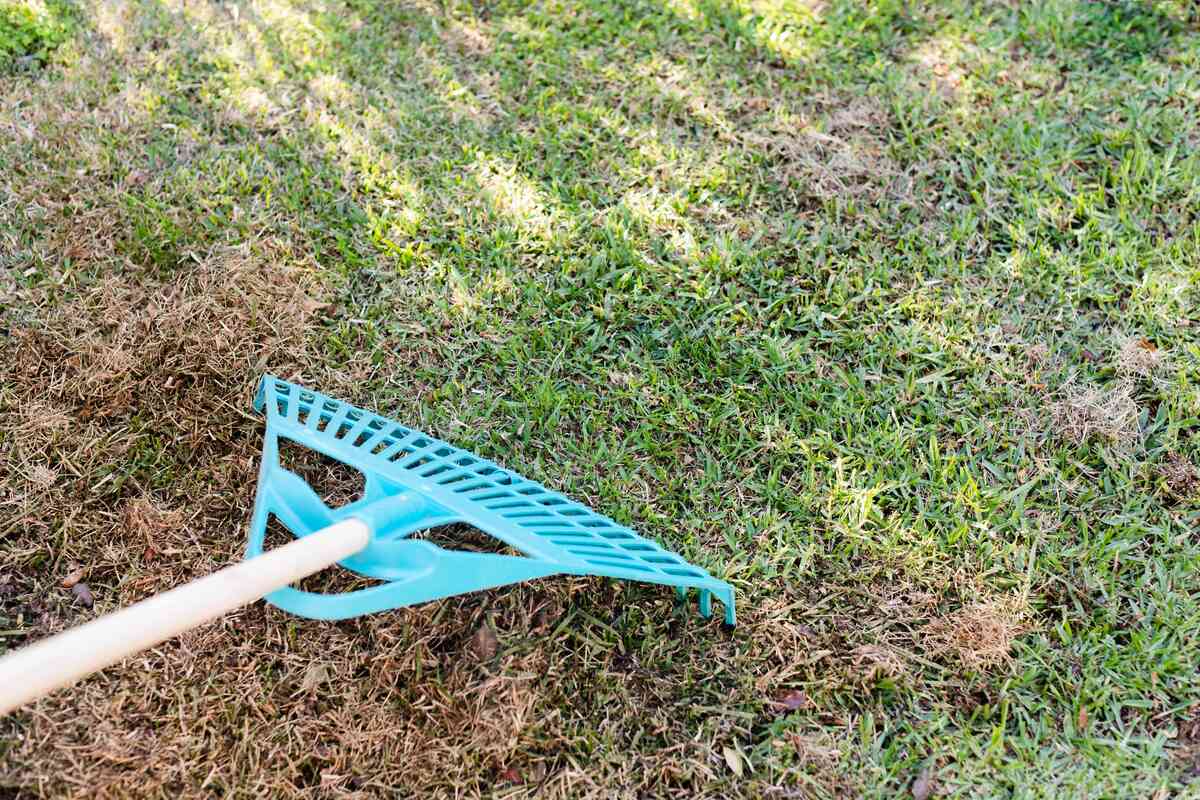
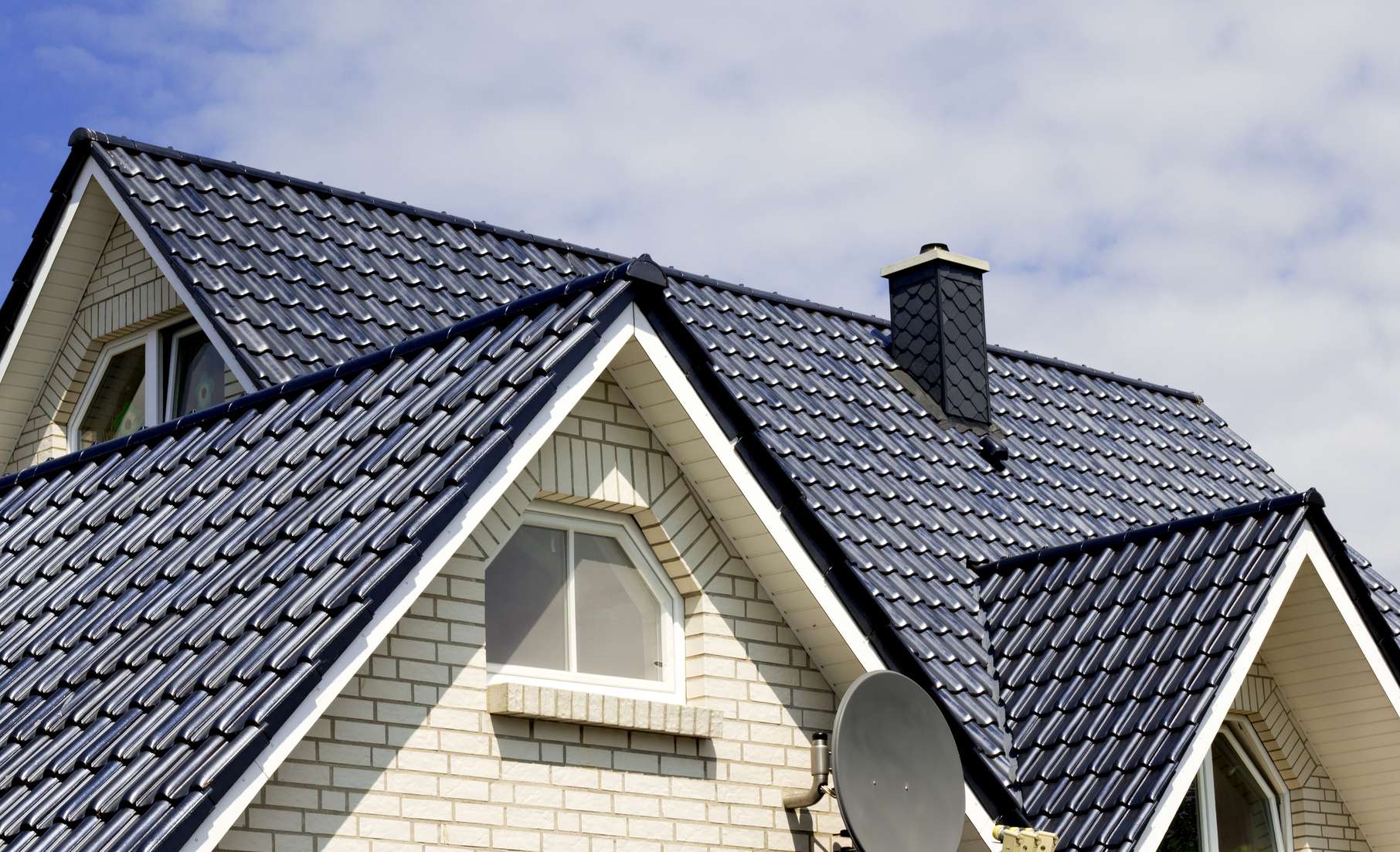
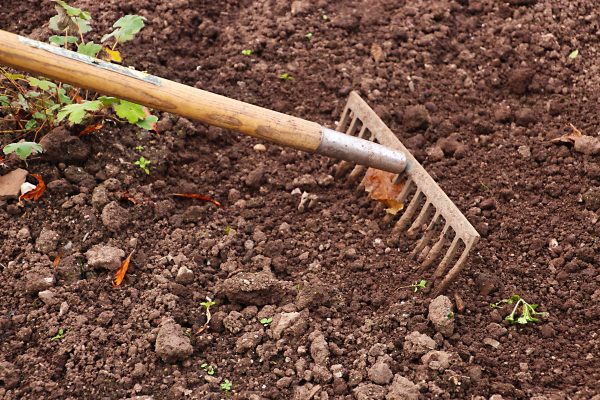
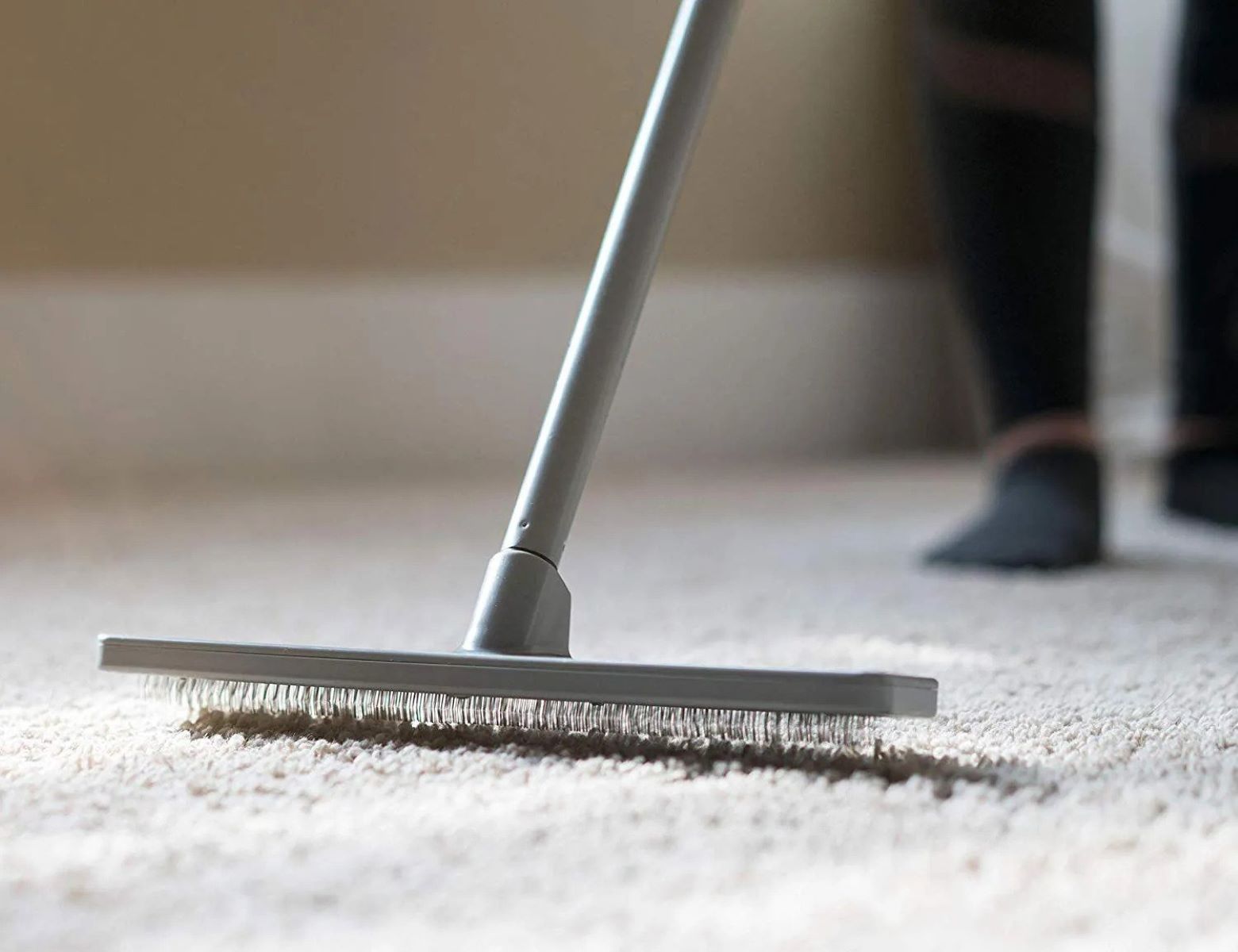
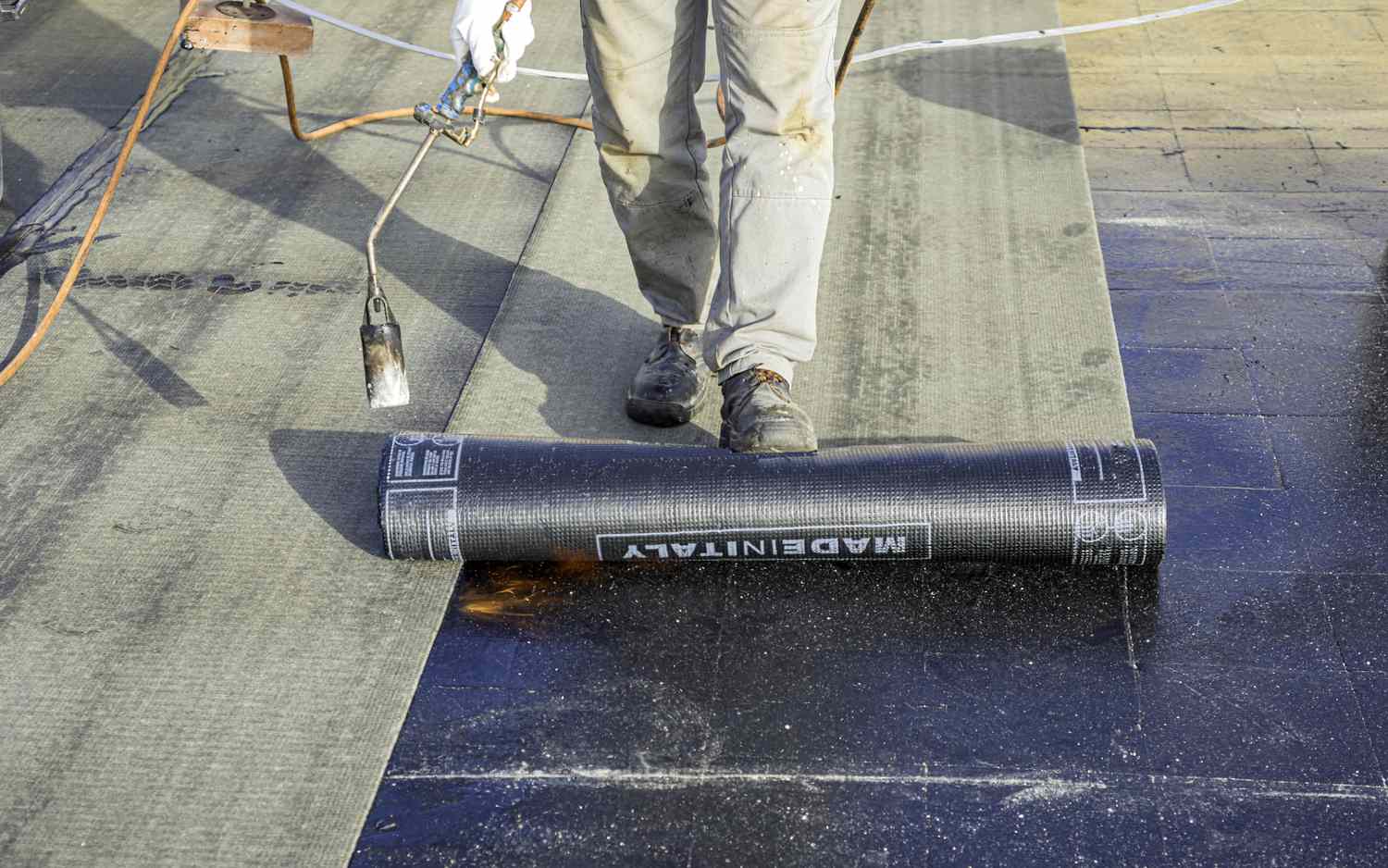
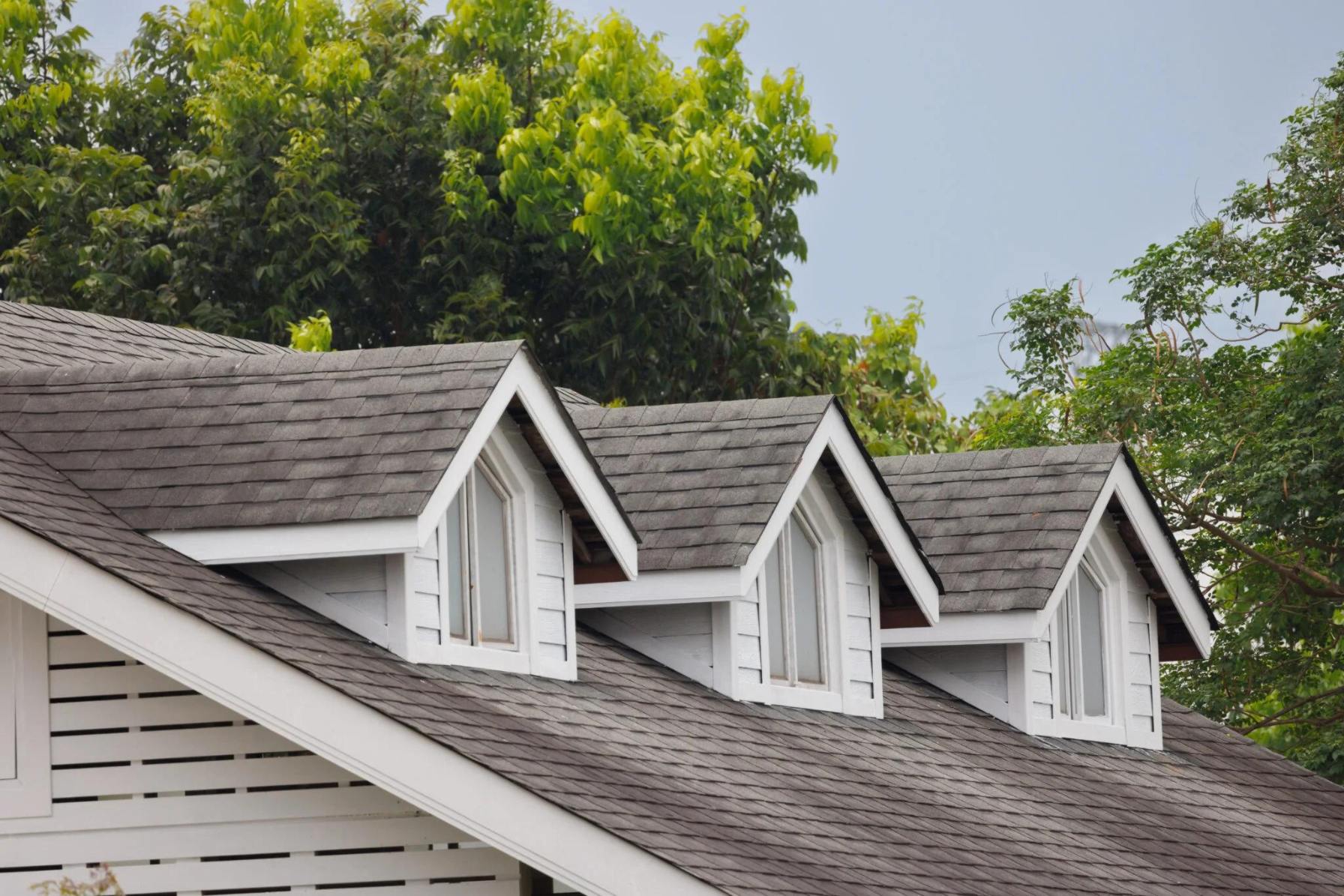

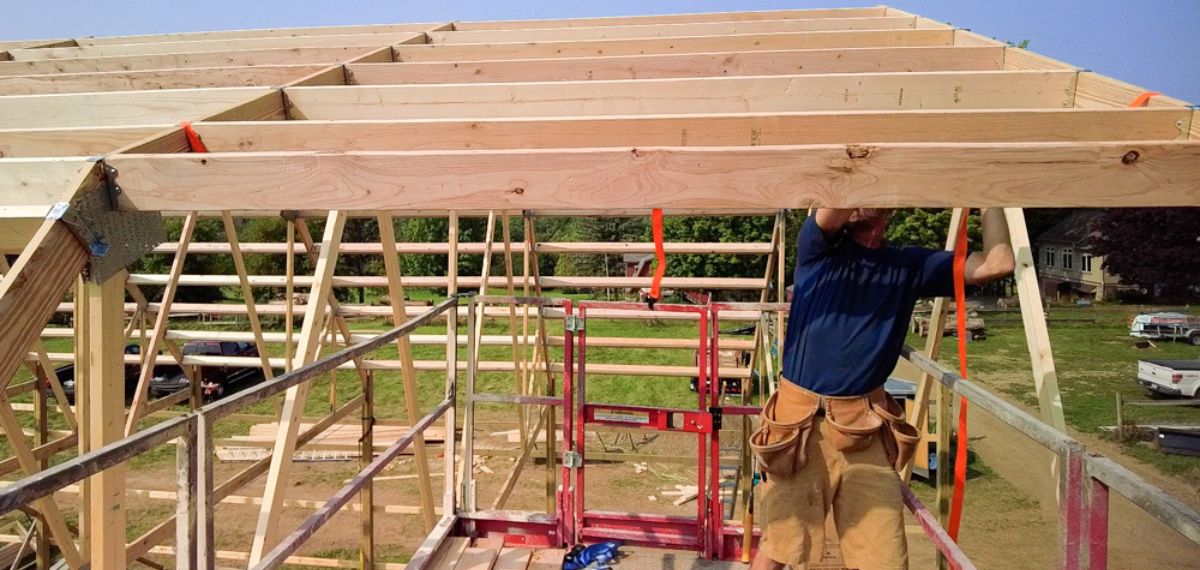
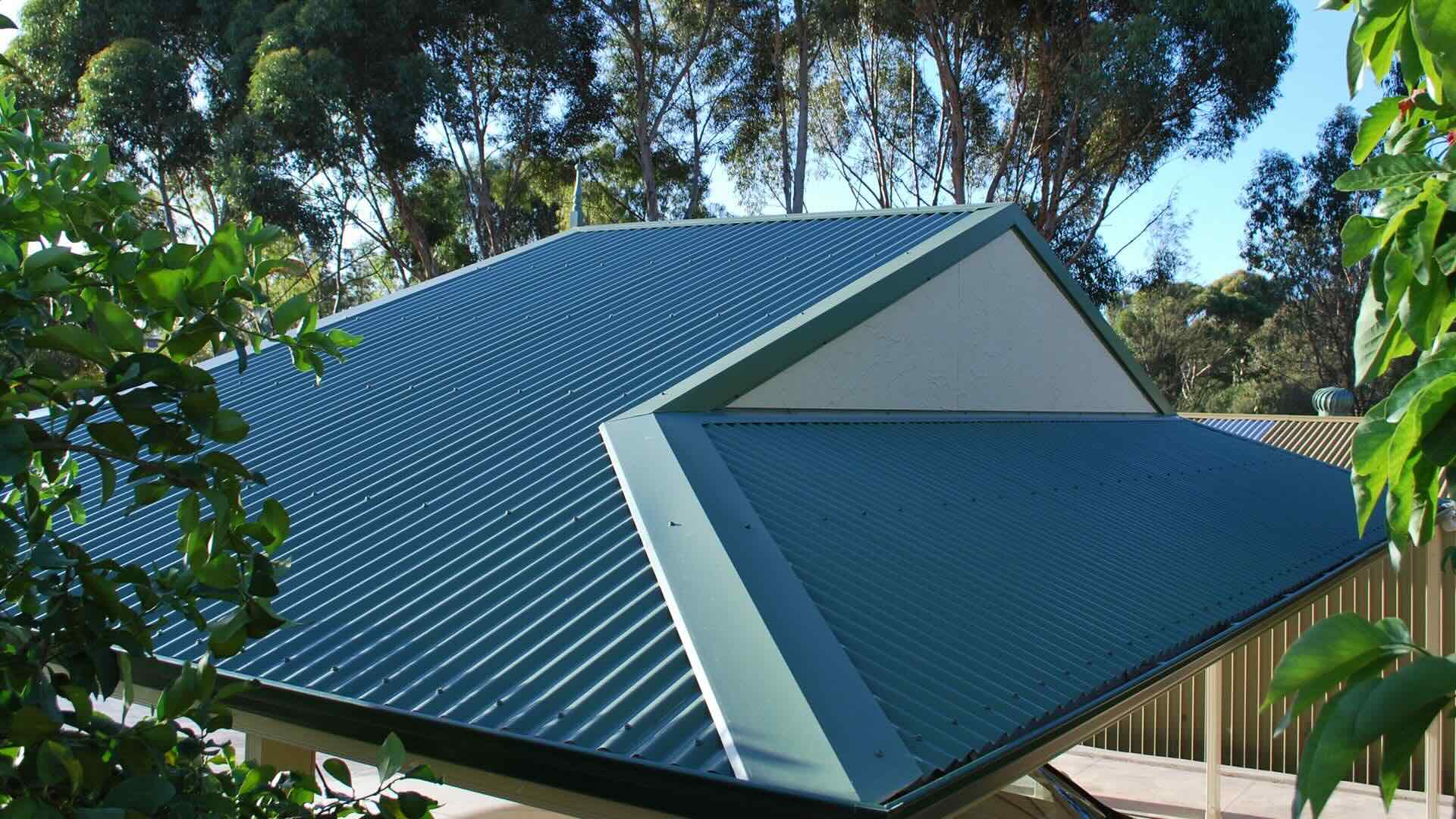
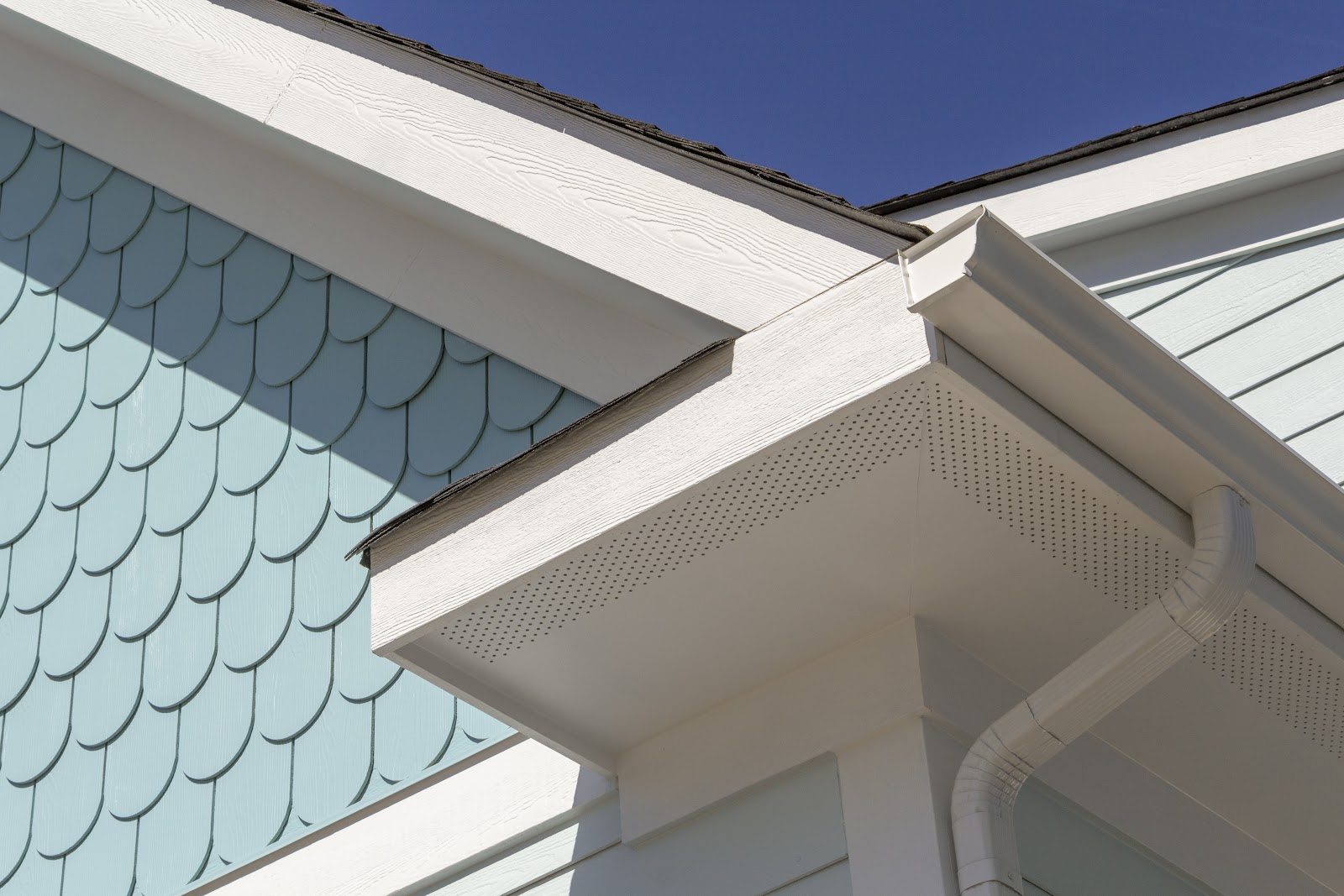
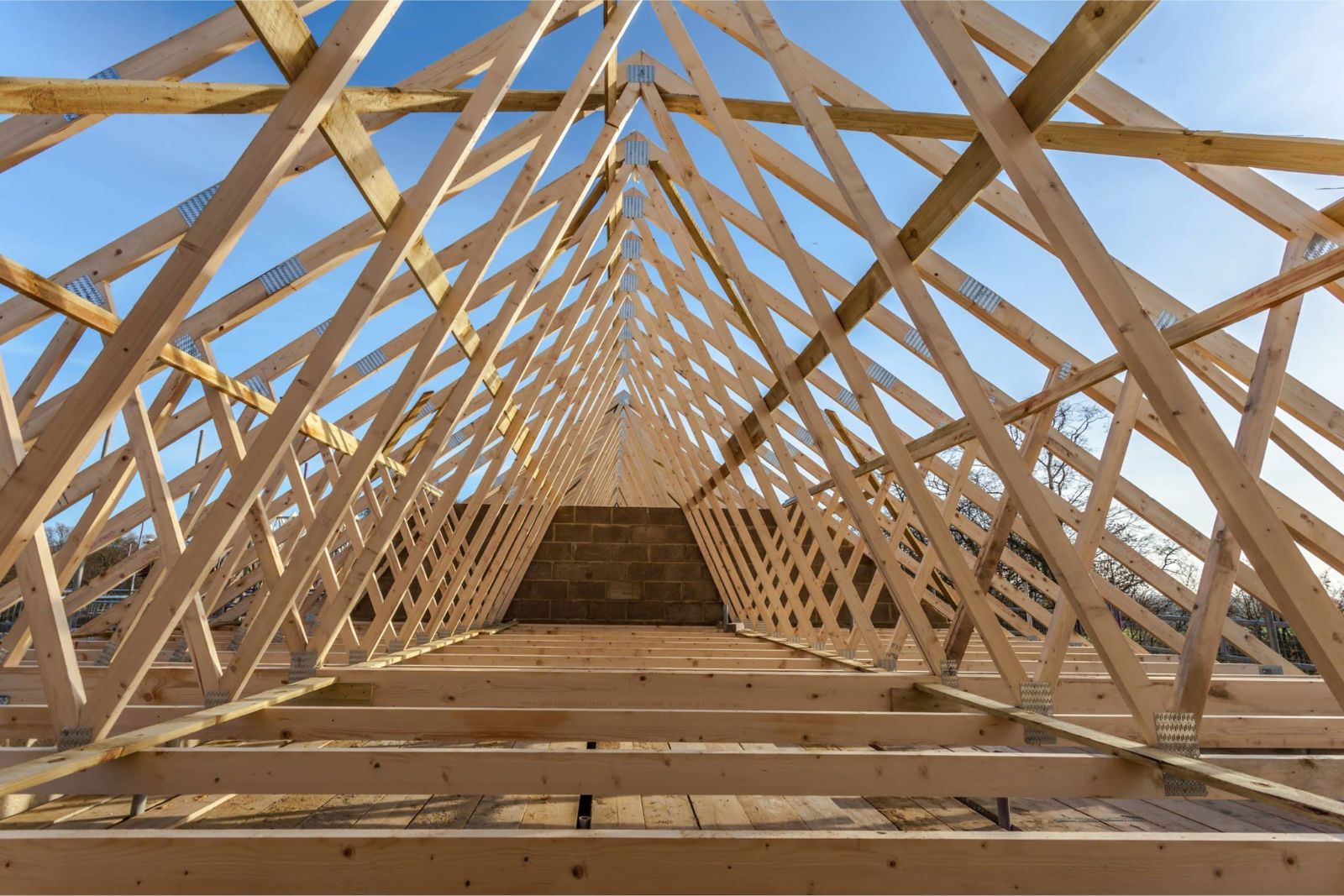
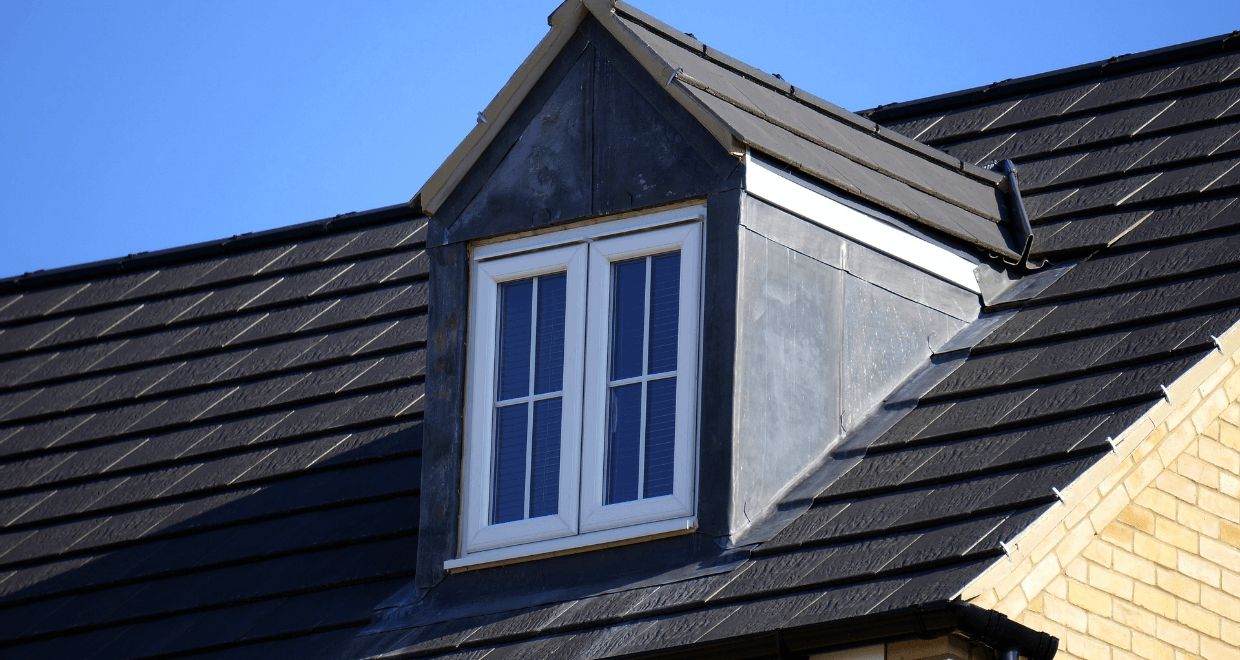
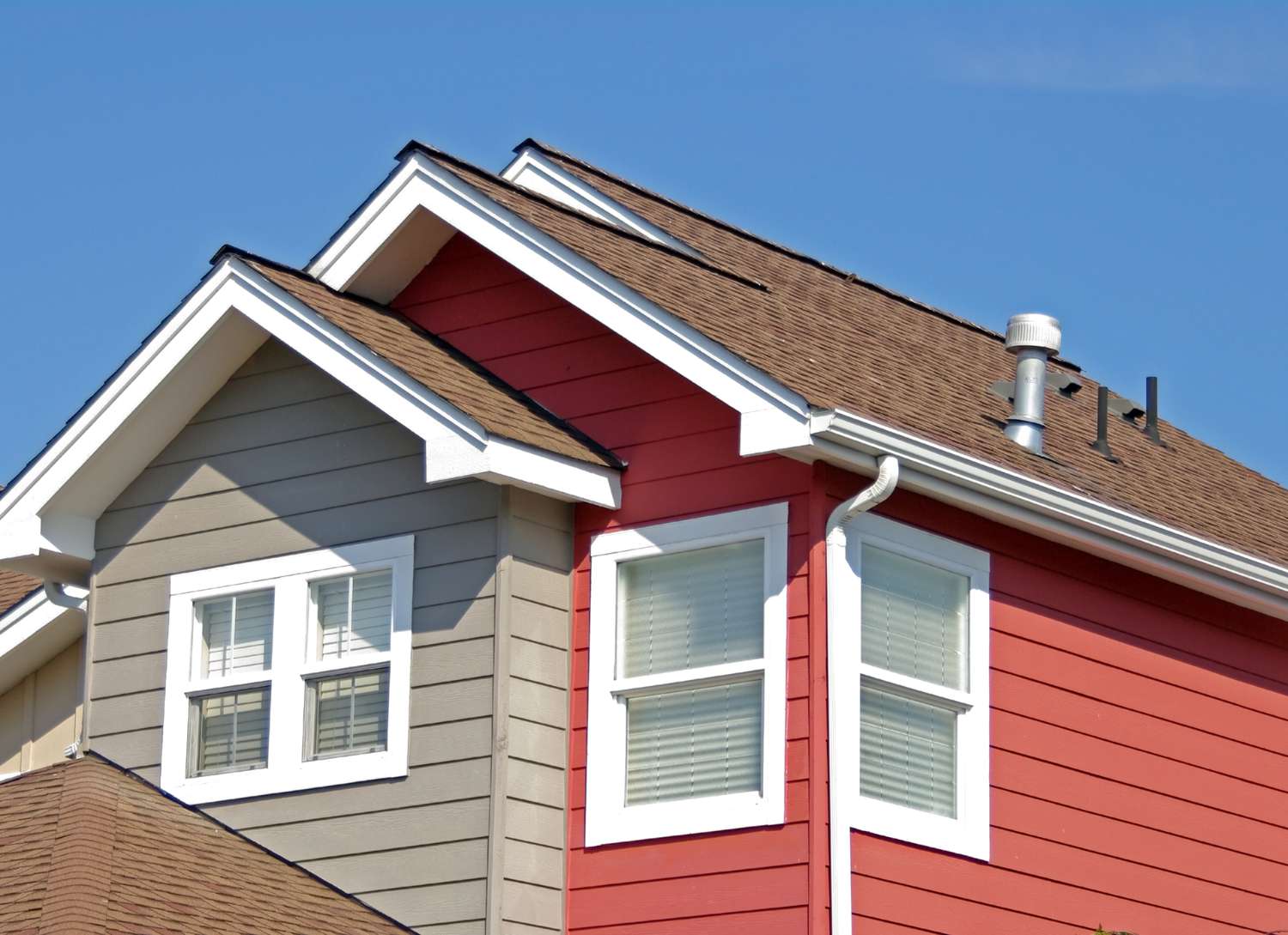
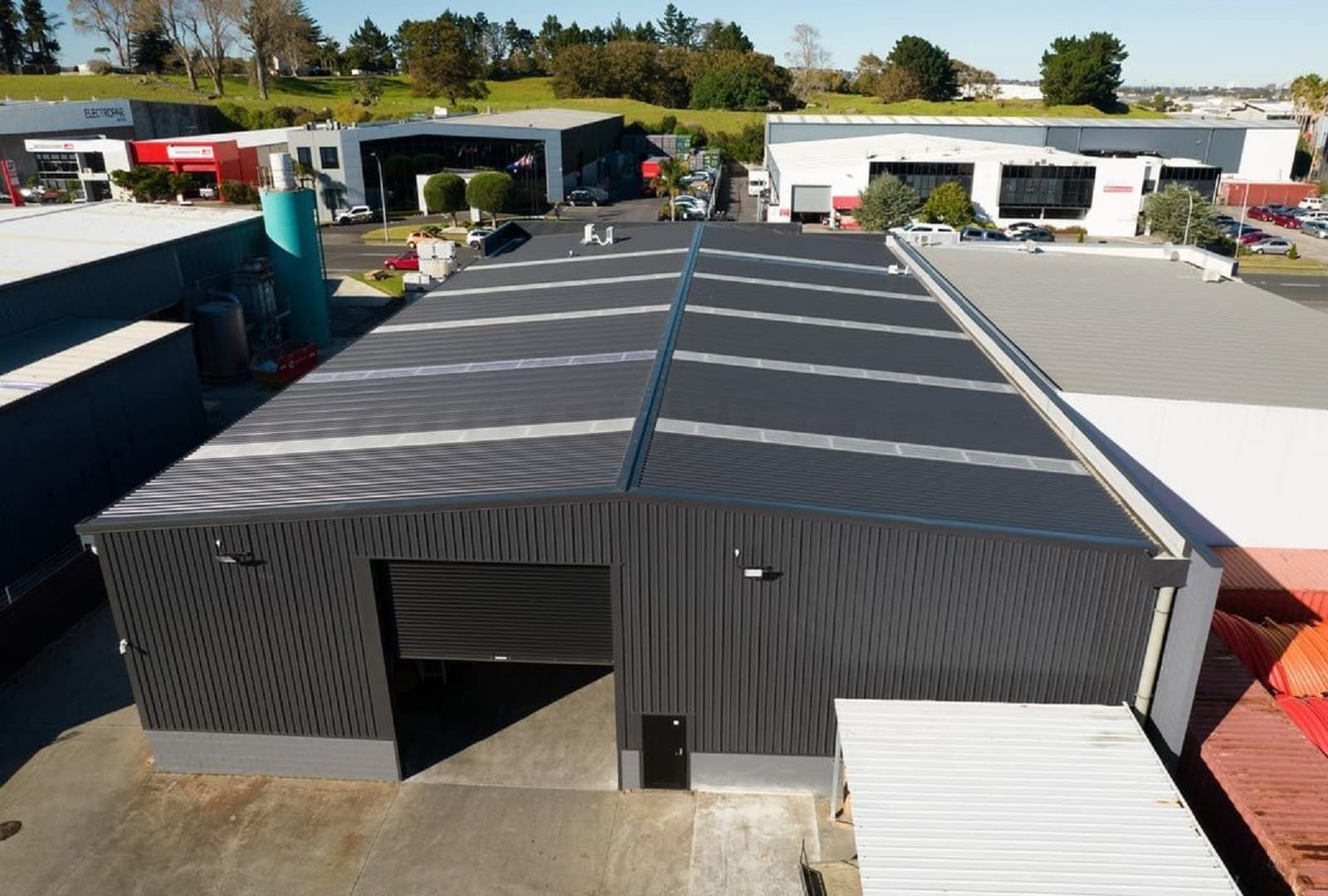

0 thoughts on “What Is A Rake On A Roof”